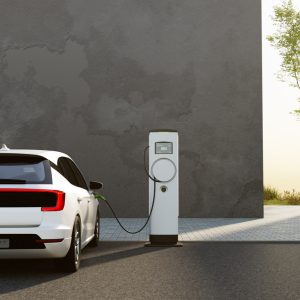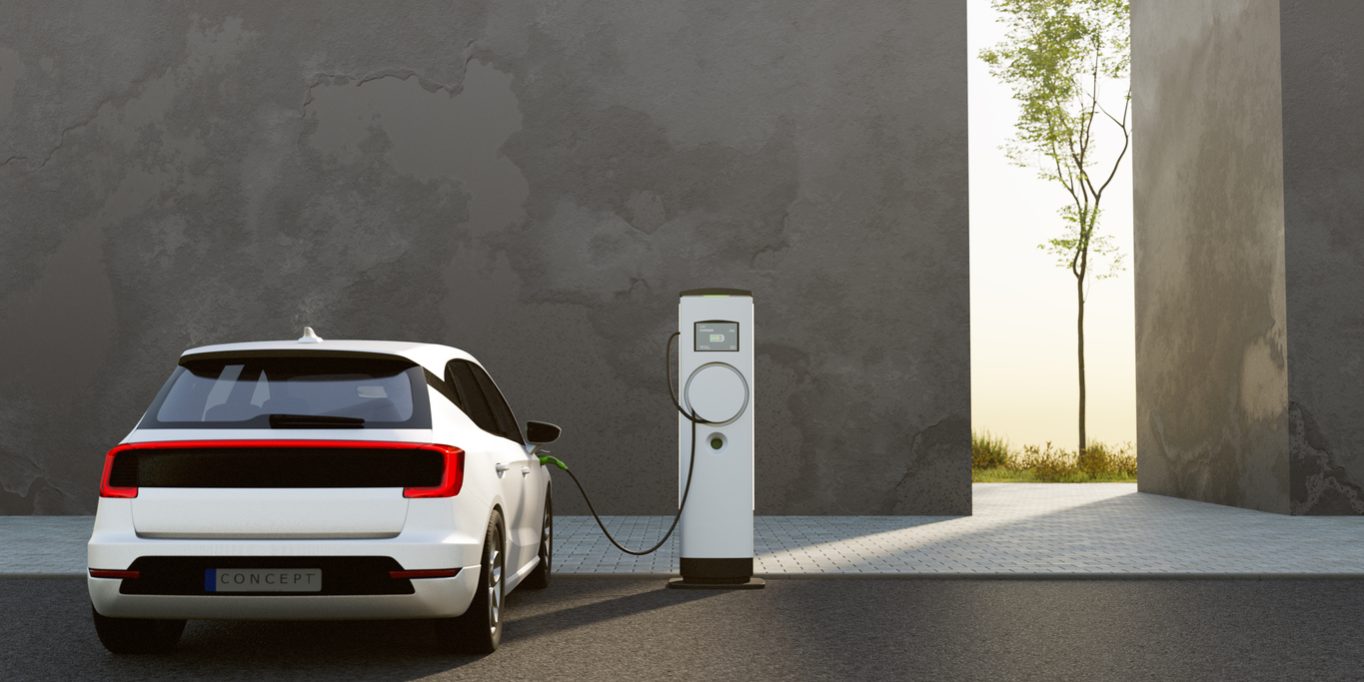
The growing popularity of electric vehicles is encouraging businesses to install charging stations in parking lots for their employees and visitors.
Commercial real estate owners and investors are always looking for ways to increase the value of their properties. Adding EV charging infrastructure is an obvious way to increase property value while providing a much-needed public service.
Potential risks
However, no technology is perfect, and there are risks to consider before installing charging stations on your property:
- The installation must be planned and executed carefully. EV charging stations can significantly increase the power demands placed on the property. The property’s electrical capacity should be evaluated before any chargers are installed. Only experienced professionals who know how to mitigate the potential for shocks and lifting injuries should perform the installation.
- The lithium-ion batteries that power EVs can catch fire if the heat generated inside them is greater than the heat they release. EV battery fires are less common than fires in gas-powered vehicles, but they can burn much hotter.
For this reason, charging stations should be placed to provide ample clearance between them and any buildings. Automatic fire-detection equipment can help reduce the impact of fires. - By-products from battery fires can be harmful to the environment. Water used to extinguish fires should be contained and controlled to limit the damage.
- Stations should be placed and marked so that users may easily park in a way to avoid stretching the cables. Stretching could internally damage the cables.
- To prevent deterioration, the stations should be protected from the elements during installation and use. There should be regular visual inspections to spot any breakage, corrosion, vandalism or anything else that might require repair.
- Gas pumps are barricaded to prevent vehicles from colliding with them. The same measures should be taken to protect charging stations, which have high-voltage electric lines connected to them.
- There is always the possibility that customers will misuse charging stations, using the cables and nozzles for something other than charging cars. Injuries from shocks or burns or property damage may result. Any misuse should be prohibited.
- The copper in the cables can tempt thieves to cut them and sell the metal for scrap. Security cameras may deter this activity.
- Finally, as with any other potential obstacle, people can trip or slip on the cables and fall. Injuries could range from skinned hands and knees to broken bones. That poses a potential liability for property owners.
It is a good idea to have a plan in place for responding to any incidents that do occur. This could be as simple as a checklist for cutting off power to the stations, alerting emergency responders, clearing people from the area, using fire extinguishers, and other measures to prevent or limit injuries and damage.
The takeaway
EVs will grow as an important mode of transportation as government support continues and prices fall. Charging stations can be an important way to attract tenants to apartment and condominium buildings or visitors to shopping centers and office buildings.
Property owners who understand the risks and take sensible measures to reduce them can reap the benefits of making charging stations available.


